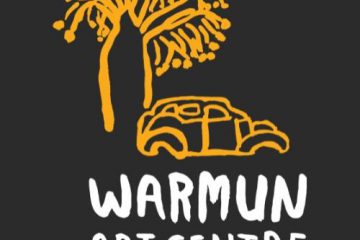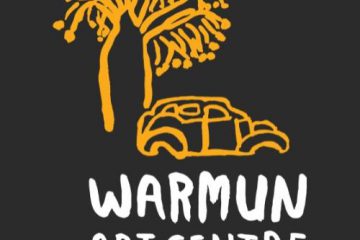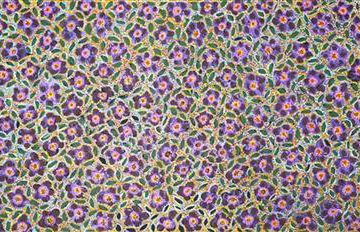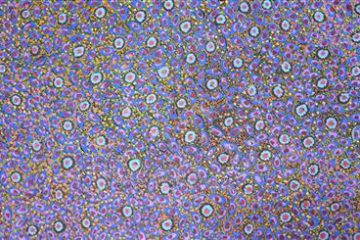WARMUN ART
110682329992
Birnoo Country I painted this painting in the style of my father, Mr Gordon Barney. It is slightly different but the story remains the same. This is his country – Birnoo Country (Alice Downs Station). Birnoo is Gordon’s mother’s country. Gordon mustered cattle all throughout this country for many years – Read more…









